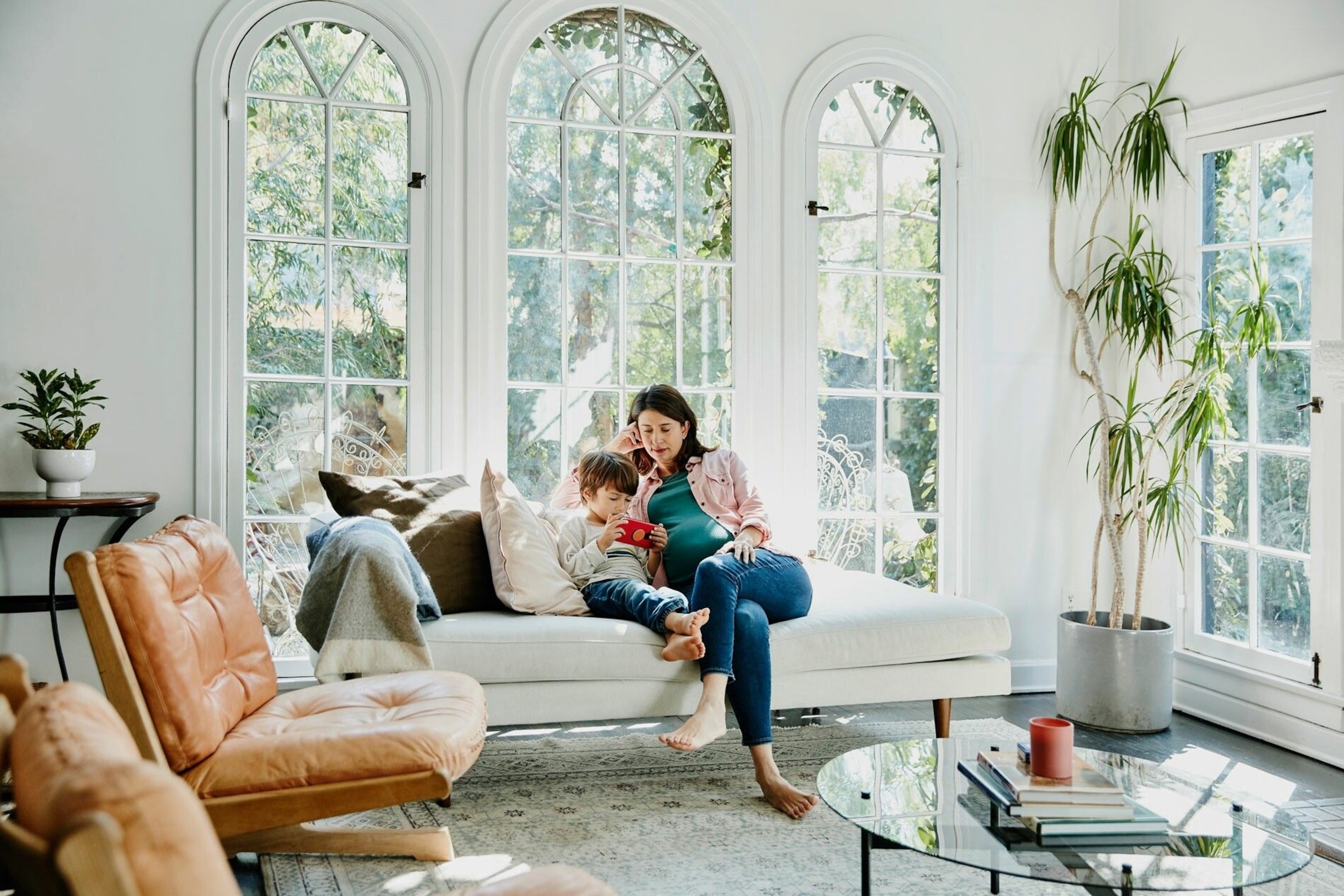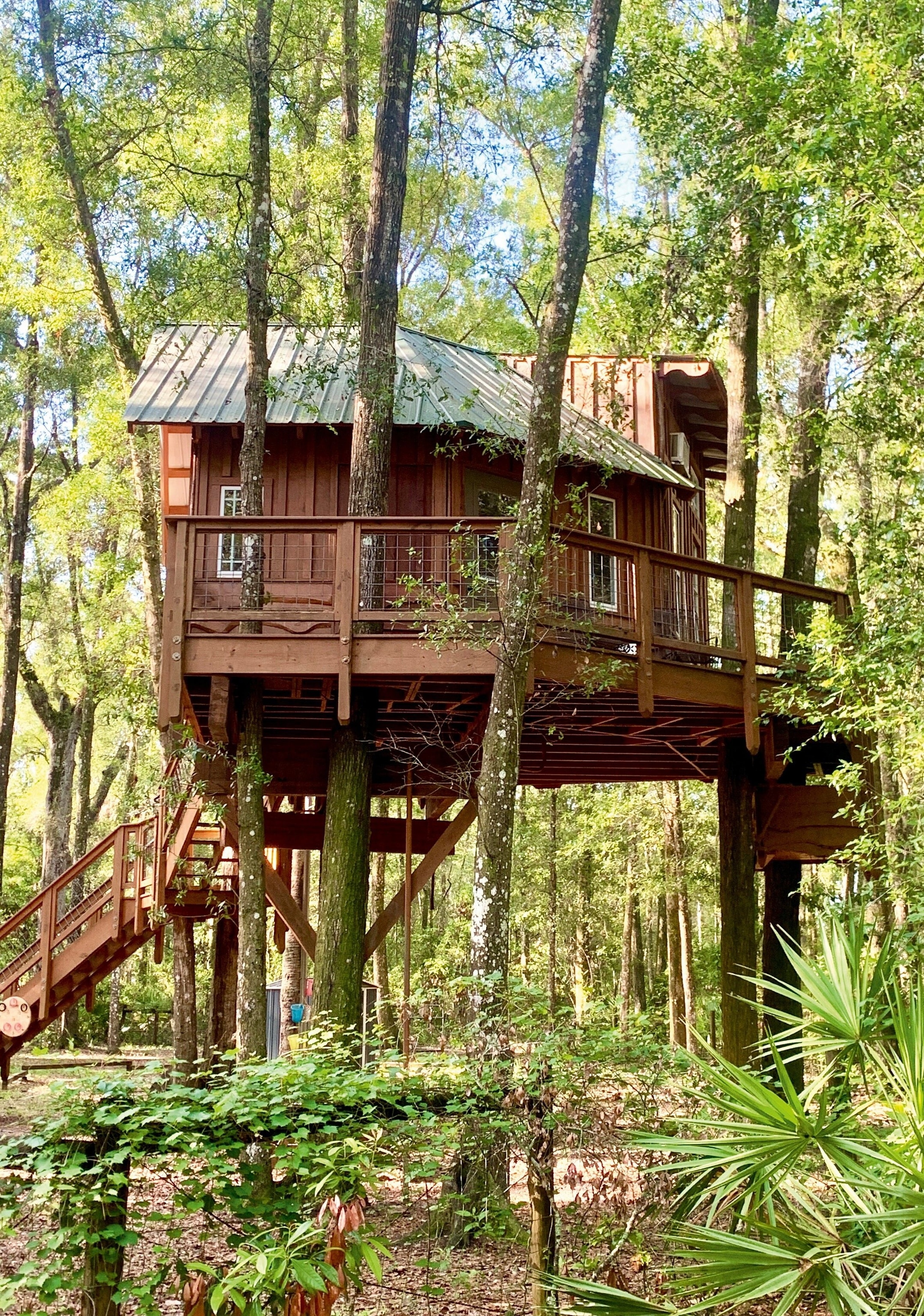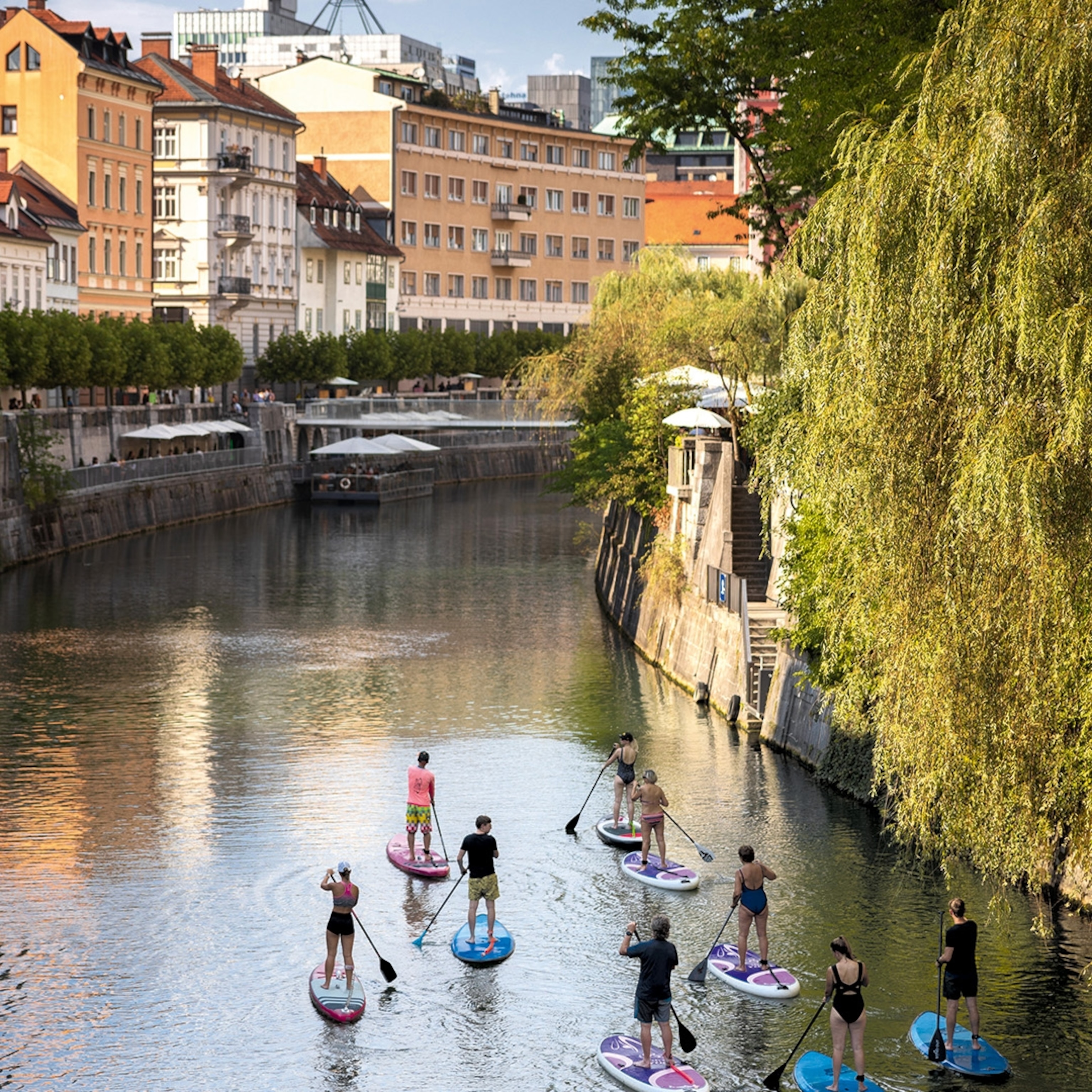
Here’s how to home swap on your travels — and why it’s so appealing
House swapping has been around for decades, but it’s grown in popularity in recent years. How does it work and why is it so appealing?
In 2006, Cameron Diaz and Kate Winslet swapped homes in romcom The Holiday and took house swapping to a mainstream audience. Such trust might have seemed a fanciful Hollywood notion to some, but those who’d been doing this kind of reciprocal holidaying for years were just surprised that Diaz left her holiday home without having hoovered.
House swapping, where you exchange homes for a holiday, is a fast-growing trend. UK-based company Love Home Swap saw an 82% rise in new UK members last year, and similar enthusiasm has been shown on other sites — the number of exchanges finalised on rival Home Exchange, which lists properties across 187 countries, grew by 79% in the same period.
But as a concept it’s actually been around since the 1950s — the oldest home swapping organisation, HomeLink celebrated its 70th birthday this year, having started when enterprising US teachers on the east and west coasts decided to swap houses during the holidays. HomeLink UK representative Caroline Connolly has home swapped since her children were small. For her, the appeal is in the personal connection: “If you want a house go to Airbnb; if you want a home, do a home exchange,” she says.
For family-run platform Home Base Holidays, which sent out pamphlets listing properties to its members when it started back in the 1980s, the shift from niche to mainstream has been hastened by the advent of the digital age. “Sites like Airbnb have highlighted the different ways people can use their property and encouraged them to look into the sharing economy,” notes partner Mark Sealey. “If someone has taken the first step in renting out their home for Airbnb, it’s not a massive leap to think ‘well, we’ve done that and that’s worked out well, how about home swapping as another option?’”
The premise is simple: you go to their place, they go to yours. But beyond this lies plenty of flexibility. For example, there’s the option to join free online platforms (such as informal Facebook swap groups) or paid-for models, with monthly or annual fees. Some paid-for platforms have insurance as part of membership, or help on hand, but there are no real formal ‘rules’ other than that, and as long as both parties in a swap agree, anything goes.
For those who baulk at the idea of handing their house keys to strangers, the reassurances are the intense communication between swappers, user reviews and inbuilt expectations. “It’s a closed community, because to be on a platform, you have to have some type of property listed,” says regular home-swapper Chisara Nwabara, fresh from a weekend in Berlin. ‘You’re swapping with other homeowners so there’s a certain respect and understanding built in.”
The home swap experience is a little like online dating — you chat to people, see if you like them, decide whether or not to share a part of your life with them and — if you do — tidy up very thoroughly before they come round. And anyone with a property can do it; many swappers are retired and flexible time-wise, but it’s also popular with families, couples looking for a different way to travel and digital nomads — as well as those with second homes, leveraging their own getaway against holidays in other peoples’.
Travel YouTuber Alicia David Reilly uses home swapping for extended breaks to visit family abroad. “I’m from California, and we’d come back exhausted from running around to see everyone on a two-week holiday. With home swapping, we’re now able to go for six weeks to amazing places with swimming pools that we can treat like our own home. And as they’re family homes, they’ve got the things that we need — our first home swap even had a zip-line in it, which our kids loved. It’s great to not have to pack toys or a mattress protector and to be able to pinch a tablespoon of oil and leave £50 as a thank you for any bits we might have used.”
You can home swap anywhere — UK-to-UK swaps have surged post pandemic, and city travel has also made a comeback (the most-searched-for cities currently on Home Exchange are Paris, New York, London, Amsterdam and Barcelona).
Once you put your property up on a site, you sit back and wait for requests, while making your own. The most popular destinations will always get enquiries, but if you don’t live on a tourist trail, some sites allow you to collect points from non-simultaneous swaps to use on visits to other people’s houses.

"This year, we’ll do about 250,000 exchanges though the site, and about 70% of those are on a non-reciprocal point system,” says Emmanuel Arnaud, CEO of Home Exchange. “Some members do refuse points exchanges, and I think that’s linked to the idea of reciprocity in home exchanging, which can be reassuring. That’s fine, though — what we really like is this idea that people let others stay in their home for free."
It’s common for newbies to doubt their property will be desirable to a fellow swapper, but importantly it doesn’t have to be ‘like for like’. This is a value economy — and what someone values is what they want.
For first-time home swapper, Celine Ledbury, exchanging her terraced house for a detached villa in Guadeloupe this year was a leap of faith. “I didn’t think we were a match initially, in the sense that my house is a lot smaller than theirs, but they wanted a London location,” she says. “When we arrived and saw the house, with its swimming pool and outdoor kitchen, we went from slight anxiety to complete joy. We must have said to each other 10 times during the holiday, ‘Can you believe we’ve got this?’. You just feel quite smug about the deal you’ve pulled off. And when we got back they’d left our house in pristine condition. It’s opened up so many travel possibilities for us, and I’m already planning for next year.”
Of course, the financial aspect is the big driver for many, initially, particularly as cost of living rises and the savings on a holiday — once you remove accommodation costs — can be huge. But home swapping is more than just a financial transaction, it also appeals to those looking for authenticity on their travels, and you don’t get more of a ‘local experience’ than staying in someone else’s house, with all the insider knowledge they can impart. It can also offer a personal dimension that can invigorate a holiday in unexpected ways, from invitations to dinner or to local events from neighbours to friendships that can spring up between swappers.
In addition, it ticks the sustainability box, as unlike rental properties, which have been accused of weakening the bonds within communities, homes are lived in all year round.
But casting off the idea that everything is just there for instant, impersonal consumption these days is strangely refreshing. And in that sense, home swapping isn’t just a cheaper, more relationship-oriented way to approach your holiday, but a gentle rebuke to the very idea of the capitalist economy itself. Vive la (travel) révolution!

The basics
What does it cost?
Online home swapping platforms usually charge an annual or monthly fee to members to list their homes and connect them with other users. Love Home Swap starts at £96 a year, Home Base Holidays £29 for six months, HomeLink (UK) £115 for the first year with a free second year if you don’t exchange in the first. Home Exchange, meanwhile, charges $175 (£155) a year. If you’re looking for maximum savings, then try free sites such as People Like Us and Switchome, too.
What can you save?
Home swappers don’t pay for accommodation, so your savings will depend on what you usually spend. Love Home Swap estimates that, on average, its members save £2,000 on a seven-night stay by choosing to home swap rather than stay in a holiday rental. It’s also worth noting that many swappers also swap cars (just put them on your insurance) plus everything from canoes to beach towels. Additional services, like feeding pets while in the property, cut can overheads to a bare minimum.
How long can you do it for?
Providing everyone agrees, it can be for as long as you want — anything from a weekend break to three months or longer for digital nomads, round-the-world-trippers or retirees.
Do you have to holiday at the same time?
Purists say yes, and most sites are based on the principle of synchronous reciprocal swapping, where you both swap your homes on an agreed set of dates. Some platforms also include a points system, too, though, where you can earn points when another member stays in your home but you don’t stay at theirs — which you can then use for travel at a time that suits you. For those swapping second homes, the exchange doesn’t have to be synchronous.
What about insurance?
Some platforms, such as Home Exchange, offer insurance as part of membership to cover any mishaps and give you greater peace of mind, but it’s worth confirming this before you sign up to a platform. In most other cases, check with your own home insurance that you’ll be covered in this situation, or buy some extra, day-by-day insurance to cover the period of occupancy.
What if something goes wrong?
It’s rare, but if a swap is cancelled at the last minute points will usually be refunded. Some sites will also try to find alternative stays or cover you for hotel nights instead, but for others, you may just have to write it off as a loss, airfare and all, which is perhaps the biggest risk. On site, owners usually leave instructions for any unforeseen problems. Some websites ask for the authority to take a deposit from your bank account if there are damages to pay for. For most, though, the resolution of problems rests on relationship and negotiation.
What if you rent?
In theory, you can home swap in any property, including a rental one — whether you feel comfortable about this depends on how you view it. “I don’t see this as subletting because no money is changing hands. Rather, I’m just giving my place to someone within a community I trust to stay in it for a weekend,” says one anonymous home swapper.
Anything else to consider?
The more active users on a site, the more chance you have of finding matches — but be aware this isn’t the same as member numbers, which might be inflated by those who joined with a free trial but are not active. You’ll also need to put effort into getting the most out of home swapping. “We find the most successful swappers are the most proactive,” notes Mark from Home Base Holidays. “Building a decent profile on a site, going through listings and sending out emails takes time, so ideally join one or two that best meet your needs.” And when negotiating your stay with others, remember trust and transparency are key.
More information
homelink.org
lovehomeswap.com
homeexchange.com
homebase-hols.com
Published in the December 2022 issue of National Geographic Traveller (UK)
Follow us on social media
Twitter | Facebook | Instagram






